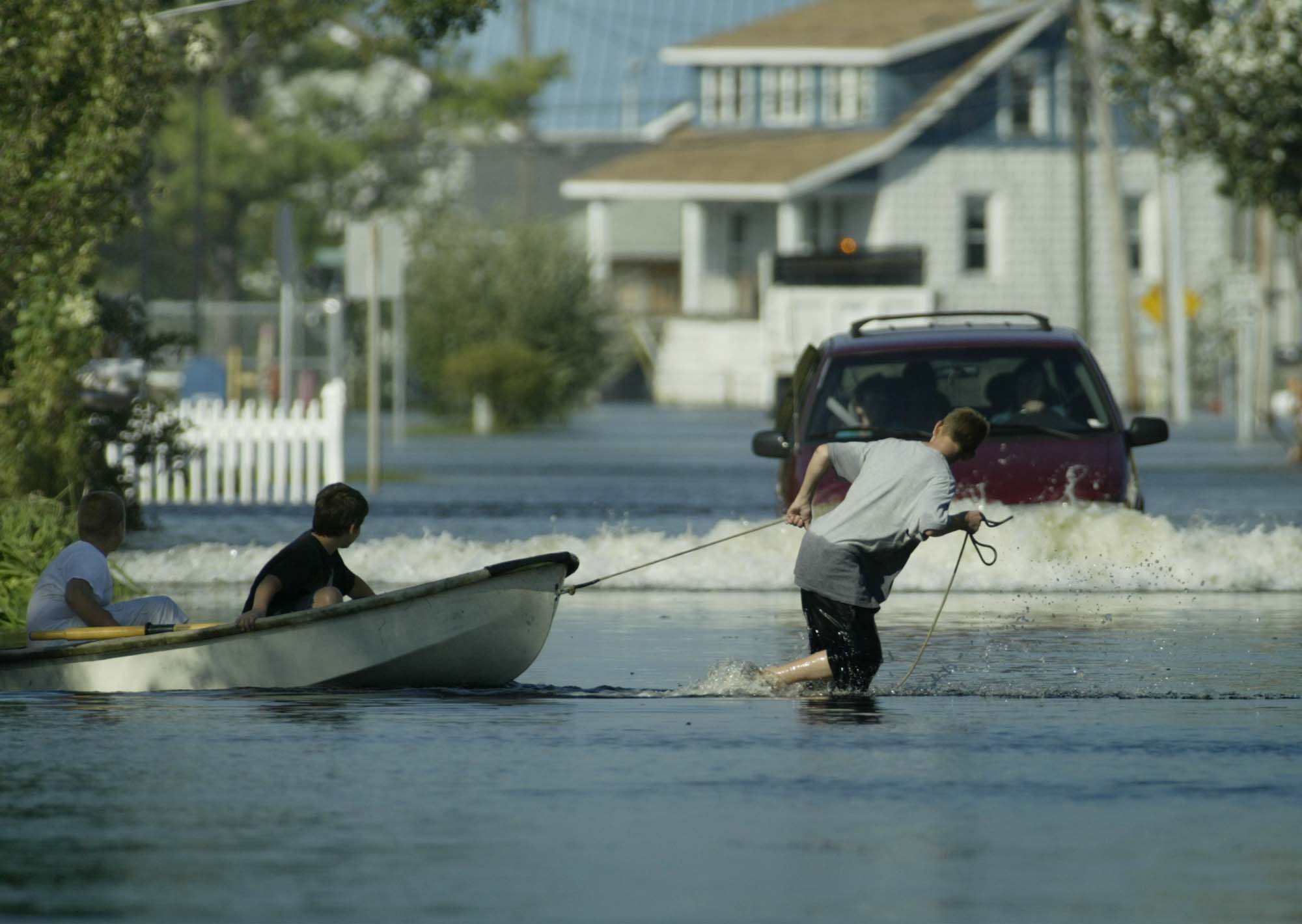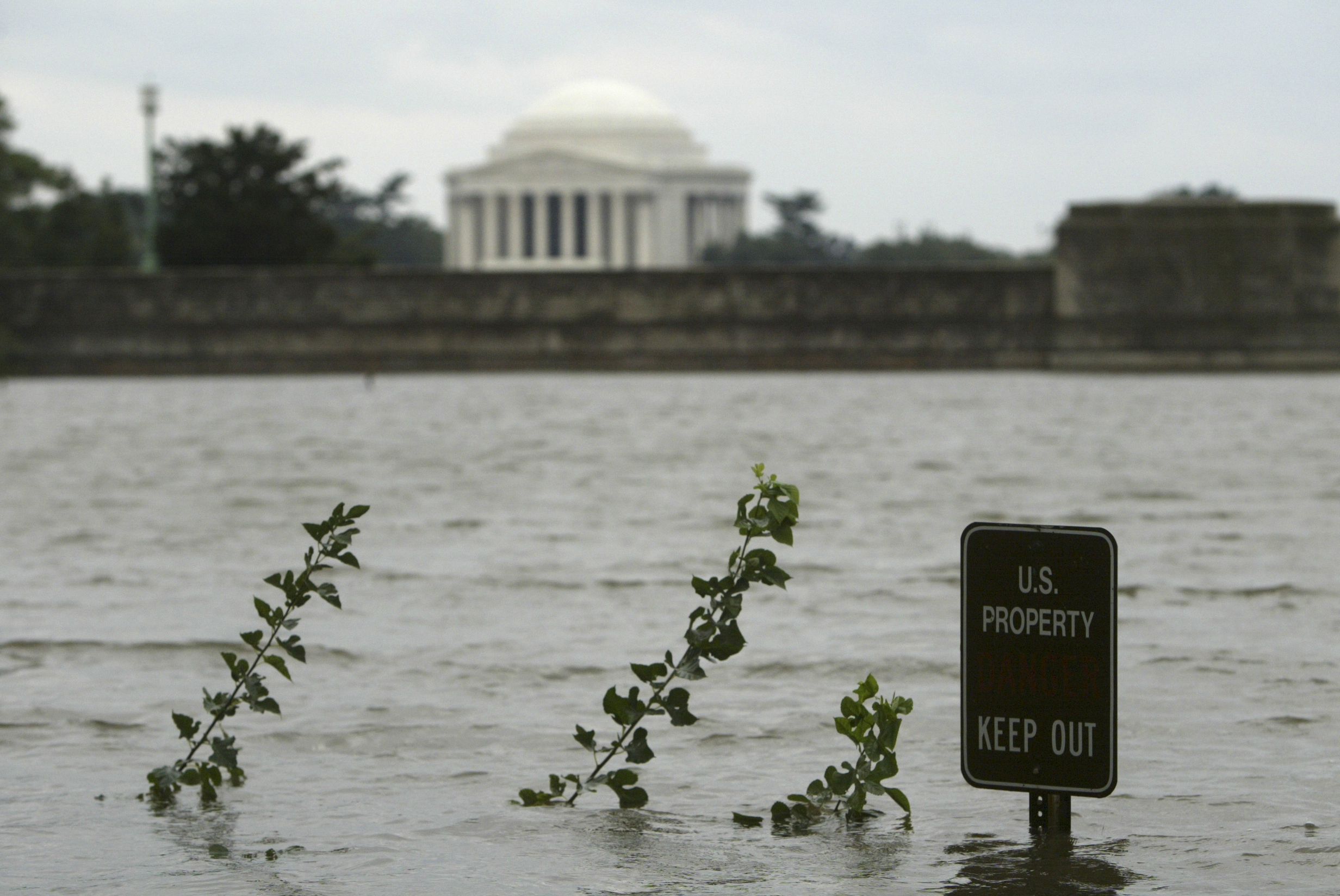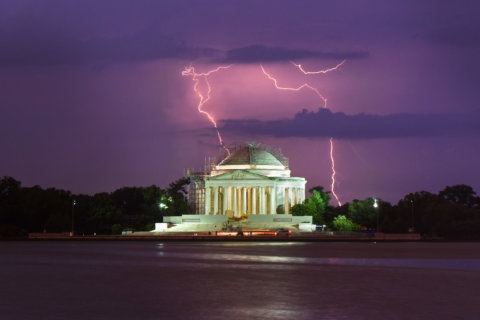WASHINGTON — If Hurricane Joaquin makes a break for the nation’s capital, the new 17th Street levee would likely be put to the test on its one-year anniversary.
The levee was designed to protect lower-lying areas in downtown Washington from overbank river flooding.
In October 2014, the U.S. Army Corps of Engineers completed the portion of the system across 17th Street near Constitution Avenue to reduce the risk of coastal storm surge and river flooding from the Tidal Basin and Potomac River.
The levee is regulated by the Corps and is operated by the National Park Service.
“We put it up for the first time last year upon [the project’s] completion and we’ll do that annually just to make sure the staff stays well trained for how to do it in case of a predicted flood,” said Mike Litterst, a spokesman with the National Park Service.
The structure spans a gap in a 12-foot-high earthen berm that runs along the northern edge of the mall.
The levee is built to hold back tidal surge flooding as well as freshwater river flooding. Both are threats posed by tropical cyclones.
Should the hurricane assume a northwesterly track near the Chesapeake Bay, significant water level rises would likely occur in the District along the tidal Potomac.
The NPS said it is ready to erect the levee on a dime if a storm surge appears imminent.
“The levee can be installed in about four hours,” Litterst said. “It would be activated based on … the predicted flood peak versus the number of days before the arrival of the flood.”
The removable structure consists of aluminum panels and steel posts set between the two permanent flood walls on each side of 17th Street.
The levee system was revamped when stricter federal standards went into place in the years after Hurricane Katrina.








